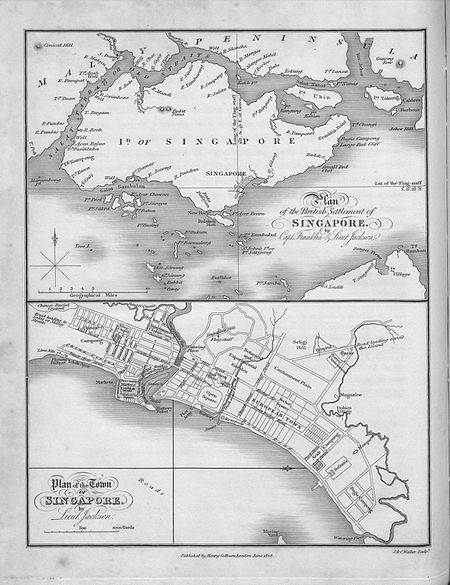Alkaff Gardens
1930 establishments in the British Empire1930 establishments in the Straits Settlements1941 disestablishments in the British Empire1941 disestablishments in the Straits SettlementsBritish rule in Singapore ... and 8 more
Demolished buildings and structures in SingaporeJapanese occupation of SingaporeMilitary history of Japan during World War IIMilitary installations of SingaporePages incorrectly using the Blockquote templateParks in SingaporePlaces in SingaporeWorld War II prisoner of war camps in Singapore

Alkaff Gardens (also known as the Alkaff Lake Gardens and briefly known as Happy Garden from 1940 to 1941) was a Japanese-style park once located east of the Bidadari Cemetery from 1930 to 1964, on the present site of Cedar Girls' Secondary School at Bidadari, Singapore. In the 1930s, the park was a popular leisure destination for dating couples and families. It featured as its centrepiece an artificial lake, which was drained in 1964.
Excerpt from the Wikipedia article Alkaff Gardens (License: CC BY-SA 3.0, Authors, Images).Alkaff Gardens
Cedar Avenue, Singapore Toa Payoh
Geographical coordinates (GPS) Address Nearby Places Show on map
Geographical coordinates (GPS)
| Latitude | Longitude |
|---|---|
| N 1.3341666666667 ° | E 103.87397222222 ° |
Address
Cedar Girls' Secondary School
Cedar Avenue 1
349692 Singapore, Toa Payoh
Singapore
Open on Google Maps







